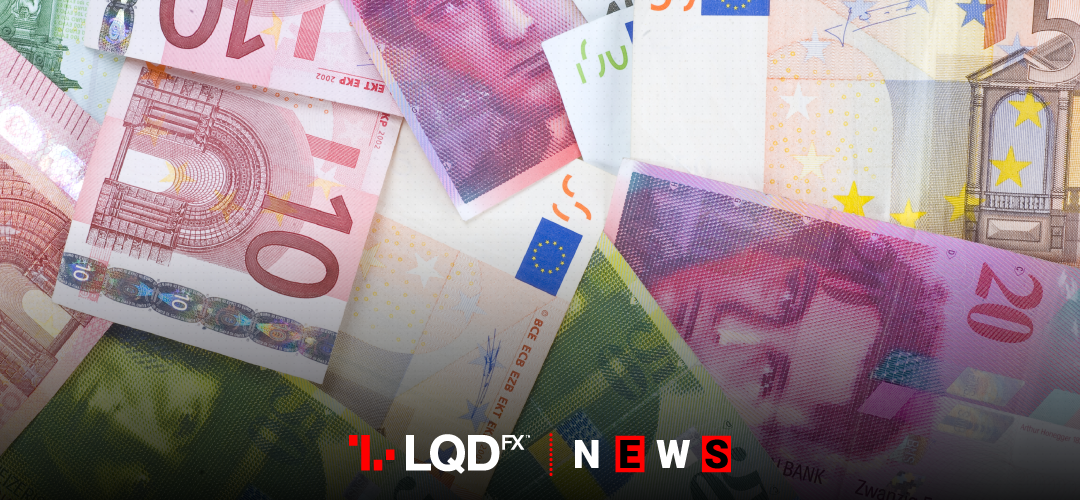The Swiss franc climbed to its highest since July 2015 against a struggling euro as concerns about the coronavirus spread sent investors into safe-haven assets.
The franc, traditionally sought in times of uncertainty, rose to 1.0604 versus the euro, a 4-1/2-year peak. This is a higher value than it reached after Britain’s shock vote to leave the European Union in June 2016.
But Swiss shares tumbled as investors took fright at the virus’ spread in neighbouring Italy. The Swiss Market Index trading 3.4% lower, its biggest one-day loss since August 2016. Analysts said the franc’s surge reflected the currency’s role as a safe haven.
Similarly, Europe’s share markets suffered their biggest slump since mid- 2016 on Monday.
The virus has now killed 2,592 people in China, which has reported 77,150 cases, and spread to some 28 other countries and territories. Fears of a pandemic are growing after sharp rises in new cases reported in Iran, Italy and South Korea. China has relaxed restrictions on movements in several places, including Beijing, as new infection rates there eased.
Italy has halted the carnival of Venice, shut schools, and sealed off affected towns across its wealthy north
Further, U.S. Treasury Secretary told Reuters he does not expect the coronavirus outbreak to have a material impact on the Phase 1 U.S.-China trade deal.
Finance G20 officials said on Sunday they would keep a close watch on the fast-spreading outbreak.
START TRADINGForex – Struggling euro hit by Swiss Franc
FX markets reacted by pushing up the safe-haven Japanese yen to 111.34 yen per dollar. But against the rest of the world, the dollar was again showing its strength.
Against a basket of currencies, the dollar gained 0.2% to 99.622, close to level hit last week for its strongest since April 2017.
The dollar fell 0.2% to 111.31 yen, below the 112 yen levels of last week.
The Australian dollar often traded as a proxy for China risk, weakened 0.6% to an 11-year low of $0.6585. New Zealand’s dollar also declined by 0.6%.
The struggling euro was squeezed towards $1.08. The common currency weakened 0.3% to $1.0805, close to last week’s $1.0778 — its lowest in nearly three years.
Sterling fell on Monday as rising fears about the economic impact from the spreading coronavirus encouraged investors to seek safety in the U.S. dollar.
The British currency was 0.4% lower at $1.2904, reversing most of Friday’s gains. It fell 0.2% versus the euro to 83.88 pence.
In commodity markets, oil prices fell 4%, as the rapid spread of the coronavirus in countries outside China added to investor concerns about the impact on demand.
Brent crude fell $2.37, or 4.1%, to $56.13 barrel by 1145 GMT. U.S. crude futures fell by $2.08, or 3.9%, to $51.30.
PLEASE NOTE The information above is not investment advice.
Sources: Reuters, Investing, CNN money
